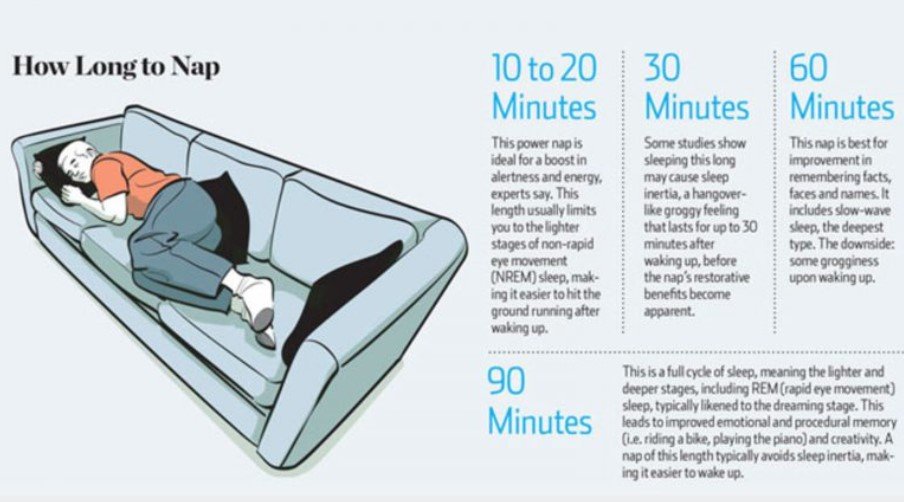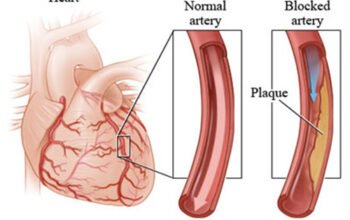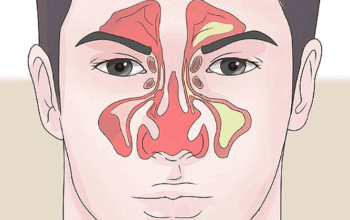In our fast-paced world, the concept of napping has evolved from a luxury to a scientifically-backed strategy for enhancing overall health and well-being. Far from being a sign of laziness, napping has emerged as a powerful tool for reducing stress, improving cognitive function, and boosting physical health.
The Science Behind Napping: How Rest Transforms Your Brain and Body
Our bodies are designed with an incredible ability to restore and rejuvenate through sleep, and napping plays a crucial role in this process. During a nap, our brain cycles through different sleep stages, each offering unique benefits. Short naps typically involve non-REM sleep, which helps improve cognitive function, enhance memory consolidation, and reset mental fatigue.
Research has consistently shown that strategic napping can:
- Enhance cognitive performance
- Improve memory retention
- Boost creativity and problem-solving skills
- Reduce stress and emotional reactivity
Unlocking the Health Benefits of Napping
The advantages of napping extend far beyond momentary relaxation. Studies have demonstrated significant physical and mental health benefits that make napping a valuable addition to a healthy lifestyle.
Stress Reduction and Mental Health
Napping acts as a natural stress-reduction mechanism. When we rest, our body decreases cortisol levels—the primary stress hormone—which helps calm our nervous system. This reduction in stress can lead to improved mood, decreased anxiety, and better emotional regulation.
Metabolic and Physical Health
Surprisingly, napping can also contribute to weight management and metabolic health. Short daytime rest periods have been linked to improved insulin sensitivity and metabolism. A study published in the Journal of Clinical Endocrinology revealed that a 30-minute nap can help regulate hormones that control appetite and reduce the likelihood of overeating.
Mastering the Art of Effective Napping
Not all naps are created equal. To maximize benefits and avoid disrupting nighttime sleep, consider these expert recommendations:
- Duration: Aim for 10-30 minute naps to prevent entering deep sleep
- Timing: Best between 1-3 PM, avoiding late afternoon naps
- Environment: Create a quiet, dark, and cool space
- Consistency: Try to nap at the same time each day
Potential Pitfalls to Avoid
While napping offers numerous benefits, improper implementation can lead to negative consequences. Napping too long or too late in the day can cause sleep inertia—a groggy, disoriented feeling—and potentially disrupt your nighttime sleep cycle.
Who Should Be Cautious?
Individuals with certain sleep disorders, chronic insomnia, or specific health conditions should consult healthcare professionals before establishing a regular napping routine.
Corporate and Productivity Insights
Forward-thinking companies like Google and NASA have long recognized the power of strategic napping. They’ve implemented “nap rooms” and rest spaces, understanding that short rest periods can dramatically improve employee productivity, creativity, and overall job satisfaction.
Conclusion: Embrace the Power of Rest
Napping is not a sign of weakness but a scientifically-supported strategy for enhancing human performance and well-being. By understanding and implementing smart napping techniques, you can unlock a more energetic, focused, and balanced version of yourself.
Remember, the key is quality over quantity. A well-timed, short nap can be more restorative than hours of restless sleep.






